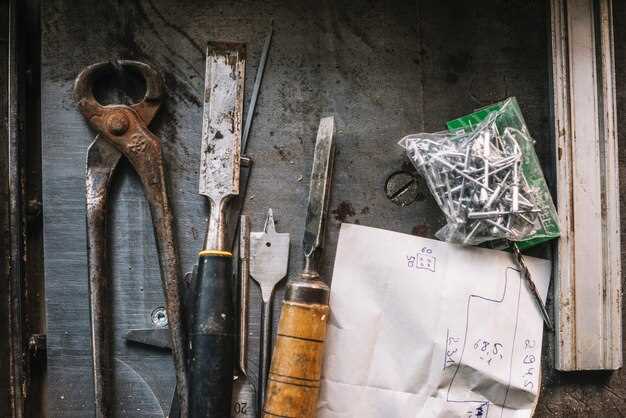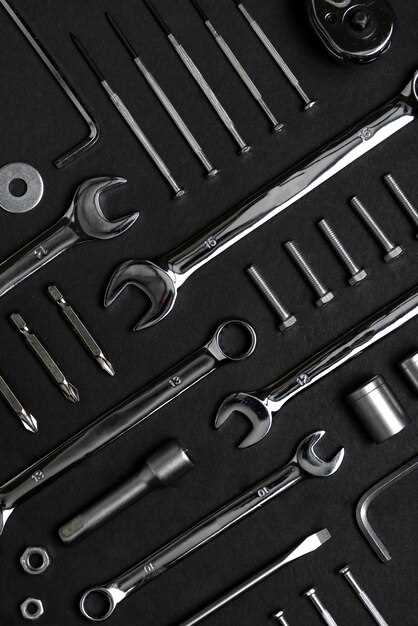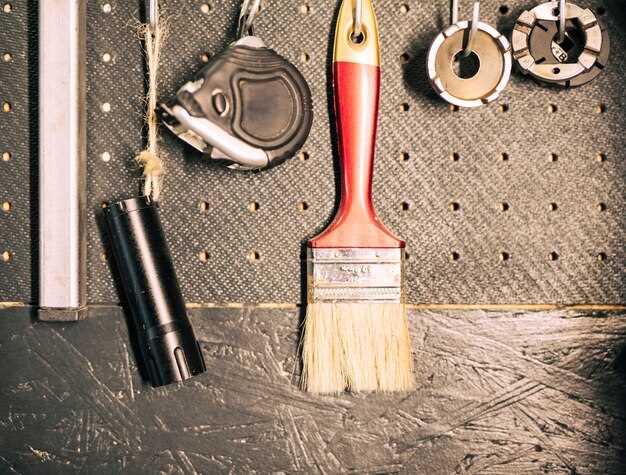
Restoring classic cars is not just a hobby; it’s a passion that requires precision, patience, and, most importantly, the right tools. Whether you are a seasoned restoration expert or a novice looking to dive into the world of automotive restoration, having the appropriate tools can significantly affect the outcome of your project. The tools you choose can streamline your work, enhance the quality of your results, and even save you valuable time and effort.
In this article, we will explore the essential tools that every classic car restorer should have in their arsenal. From basic hand tools to specialized equipment, understanding which tools are necessary for specific tasks is crucial for a successful restoration. This guide aims to help you navigate through the vast options available, ensuring you invest in tools that will stand the test of time and contribute to the longevity of your restoration projects.
Each restoration project comes with its unique challenges, whether it’s bodywork, engine rebuilding, or interior renovation. Having the right tools tailored for these different aspects not only makes the process smoother but also enhances the final result. With a selection of high-quality tools at your disposal, you’ll be well-equipped to tackle any project and bring your classic car back to life.
Best Hand Tools for Precision Work on Classic Cars

When it comes to restoring classic cars, achieving precise work is essential for maintaining the vehicle’s integrity and aesthetics. Using the right hand tools is crucial for professionals and enthusiasts alike. Here are some of the best hand tools that facilitate precision work during classic car restoration.
1. Torque Wrench: A torque wrench is indispensable when assembling parts that require specific torque settings. It ensures that fasteners are tightened to the correct specifications, preventing damage to components and ensuring safety.
2. Screwdriver Set: A high-quality screwdriver set with various sizes and types–such as flathead, Phillips, and Torx–is essential for dealing with different screws found throughout classic cars. Magnetic tips can improve handling and precision.
3. Pliers: Needle-nose pliers and locking pliers allow for precise gripping and manipulation of small components. These tools are particularly useful for wiring, hoses, and intricate parts that require careful handling.
4. Socket Set: A comprehensive socket set is vital for reaching bolts in tight spaces. Look for sets that include both standard and metric sizes, with a ratchet handle that provides smooth operation for effective tightening and loosening.
5. Allen Wrench Set: Many classic cars utilize Allen bolts, making a complete set of Allen wrenches essential for precision assembly and disassembly. A wrench set that includes both L-shaped and T-handles can enhance comfort and torque application.
6. Calipers: For detailed measurements, calipers are invaluable. They allow restorers to measure diameters, depths, and distances with precision, ensuring that replacement parts fit perfectly and align correctly.
7. Panel Beater’s Hammer: For bodywork, a panel beater’s hammer is essential. It enables restorers to shape and repair metal panels accurately, providing a perfect finish and maintaining the car’s original design.
8. File Set: A set of files is crucial when refining edges and surfaces. Files allow for precise shaping and smoothing of metal, ensuring that joints fit snugly and securely.
Investing in these hand tools enhances the quality of work on classic cars, leading to a restoration that honors the vehicle’s legacy while ensuring performance and reliability.
Power Tools That Streamline the Restoration Process

Restoring classic cars demands precision and efficiency, which is where power tools come into play. These tools not only save time but also enhance the quality of workmanship. A few essential power tools can make a significant impact on the restoration journey.
One of the most versatile tools is the rotary grinder. This tool is invaluable for removing rust, paint, and welds quickly. Various attachments allow for the adjustment of grit, making it suitable for different surfaces and conditions. A high-quality rotary tool helps to prepare surfaces for painting and can also assist in polishing metal parts.
An equally important asset is the air compressor, which powers several pneumatic tools. With an air compressor, tasks like painting and sanding can be executed more uniformly and effectively. Pneumatic sanders, for instance, operate faster than their electric counterparts, enabling smoother finishes in less time.
For cutting through metals and fiberglass, a reciprocating saw is a must-have. This power tool can tackle tough materials effortlessly, making it easier to remove sections of bodywork that need replacement. Additionally, a jigsaw offers the flexibility to make intricate cuts for detailed restoration work.
Another tool that greatly improves efficiency is the impact wrench. This device is essential for removing rusted bolts and fasteners with minimal effort. Its high torque eliminates the need for excessive manual force, reducing the risk of damage to surrounding components.
Lastly, a powerful drill is fundamental for any restoration shop. A drill not only aids in assembling parts but also can be fitted with various attachments for sanding, polishing, or even cutting. Investing in a drill with variable speed and torque settings ensures it can handle any task along the way.
By incorporating these power tools into the restoration process, enthusiasts can achieve better results in less time, transforming their classic car projects into enjoyable and successful endeavors.
Specialty Tools for Identifying and Fixing Common Issues
When restoring classic cars, identifying and addressing common issues can be a challenge. Specialty tools play a critical role in diagnosing problems and facilitating repairs. Here are some essential tools that can streamline this process.
First, a quality multimeter is indispensable for electrical diagnosis. It allows you to measure voltage, current, and resistance, helping identify issues with wiring, batteries, and various electrical components. A digital multimeter with a backlight can enhance visibility in low-light conditions.
Another vital tool is a vacuum gauge. This instrument measures the intake manifold vacuum, helping to diagnose engine issues like valve leaks, ignition timing discrepancies, or carburetor problems. Evaluating vacuum levels can reveal insights into engine performance and pinpoint trouble areas.
For exhaust system problems, using an exhaust gas analyzer can lead to accurate measurements of gases emitted from the engine. This tool helps assess engine tuning and identify issues related to the air-fuel mixture, catalytic converters, and other components affecting emissions.
An automotive strobe timing light is essential for setting and diagnosing ignition timing in older vehicles. This tool shines a light on the ignition mark, allowing restorers to check if the timing is correctly set, thus improving overall engine performance and efficiency.
Compression testers are crucial for examining the engine’s health. By measuring the pressure in each cylinder, you can identify issues such as worn piston rings or damaged valves. This information is vital for determining whether engine repairs or a complete rebuild is necessary.
For fuel system diagnostics, a fuel pressure gauge is highly recommended. It enables you to measure the fuel pressure directly at various points in the system, ensuring the fuel pump and injectors are functioning correctly. Adequate fuel pressure is critical for optimal engine performance.
Lastly, an OBD-II scanner is a must-have for vehicles equipped with onboard diagnostics. This tool can read diagnostic trouble codes (DTCs), providing insights into the vehicle’s performance issues and guiding restorers toward swift resolutions.
In conclusion, investing in these specialty tools not only assists in diagnosing and fixing common problems found in classic cars but also enhances the restoration process, ensuring a reliable and enjoyable driving experience.
